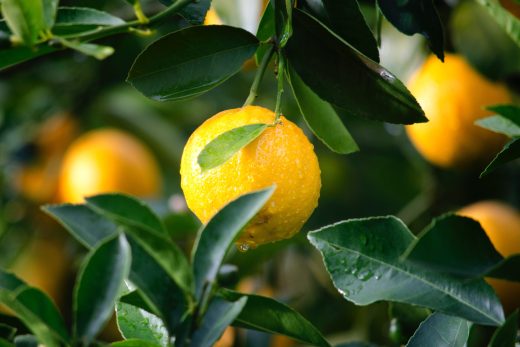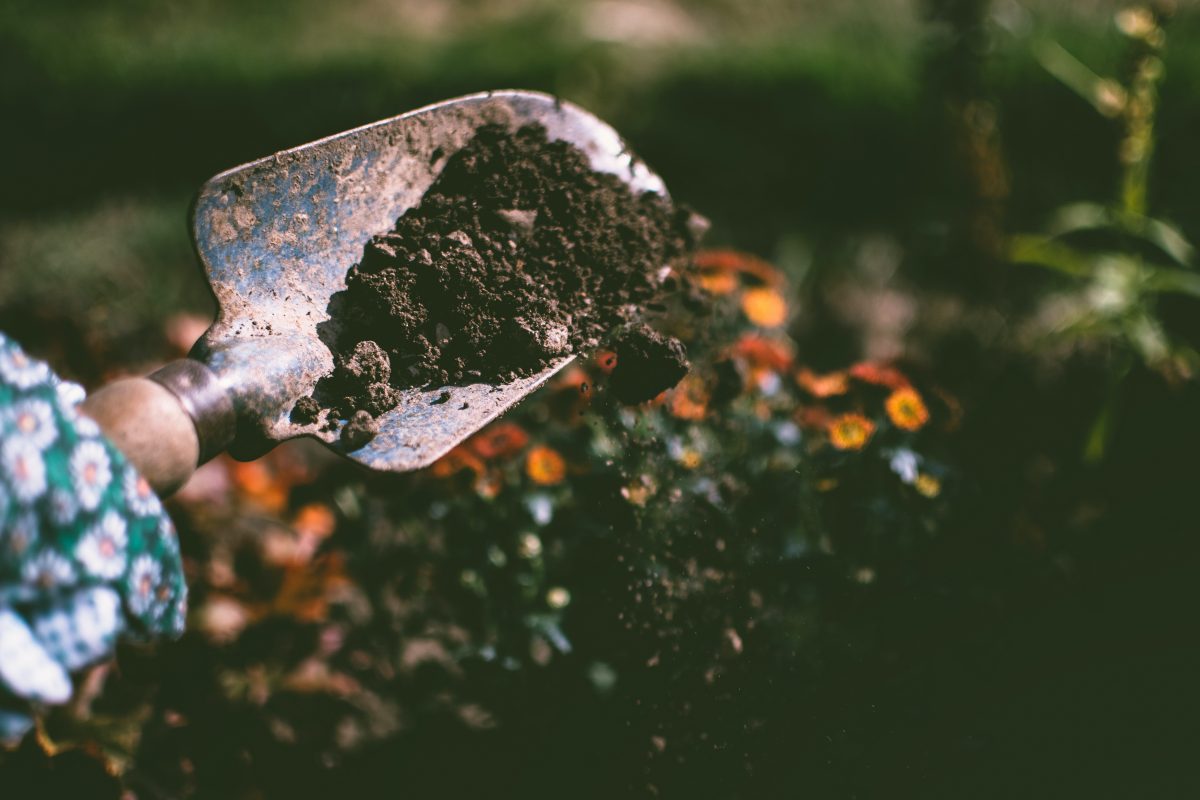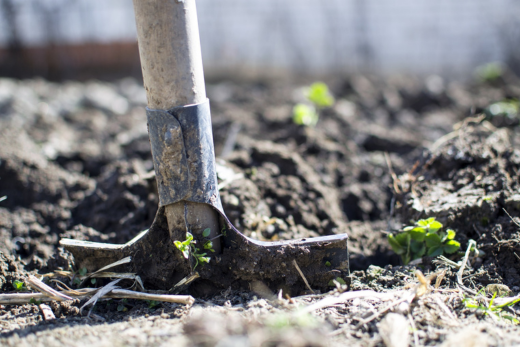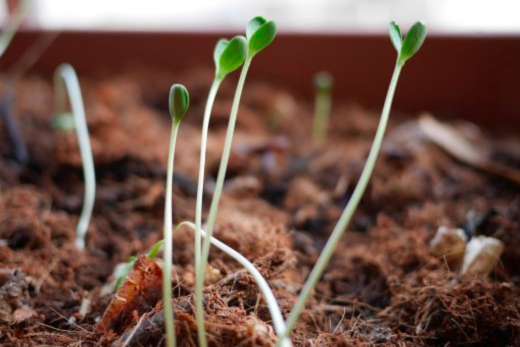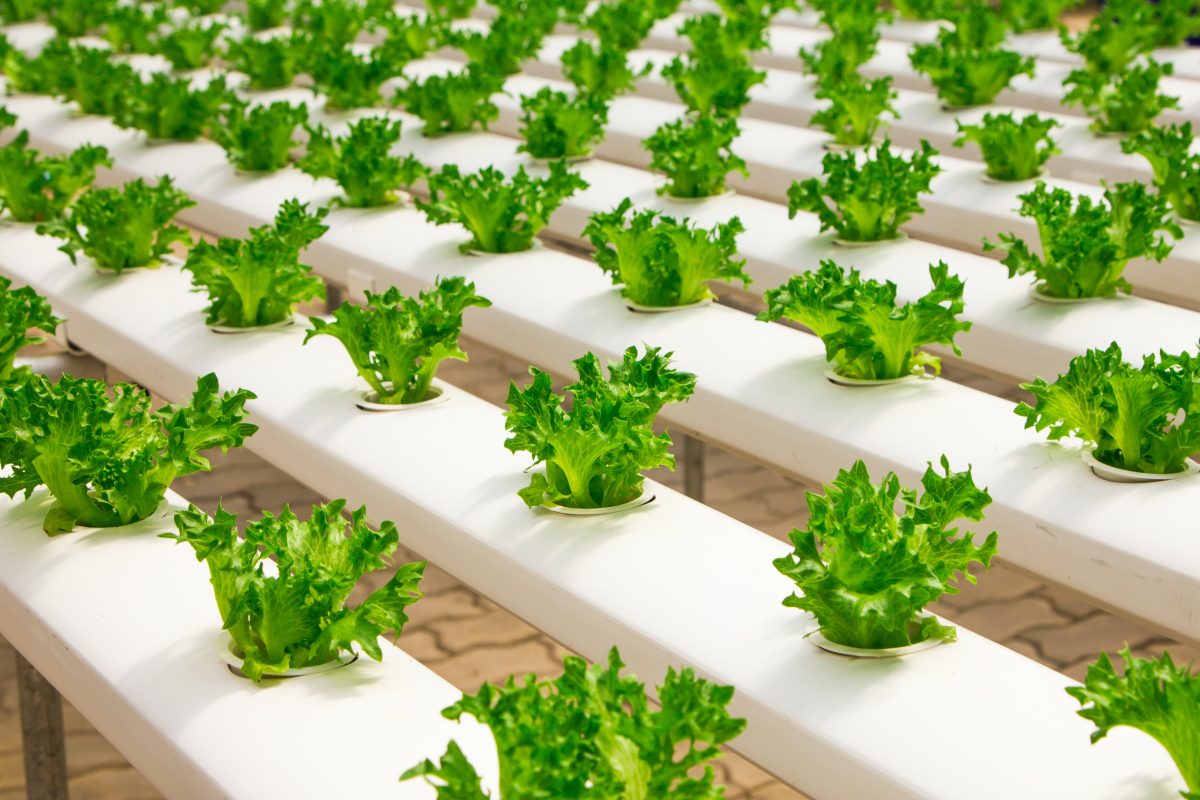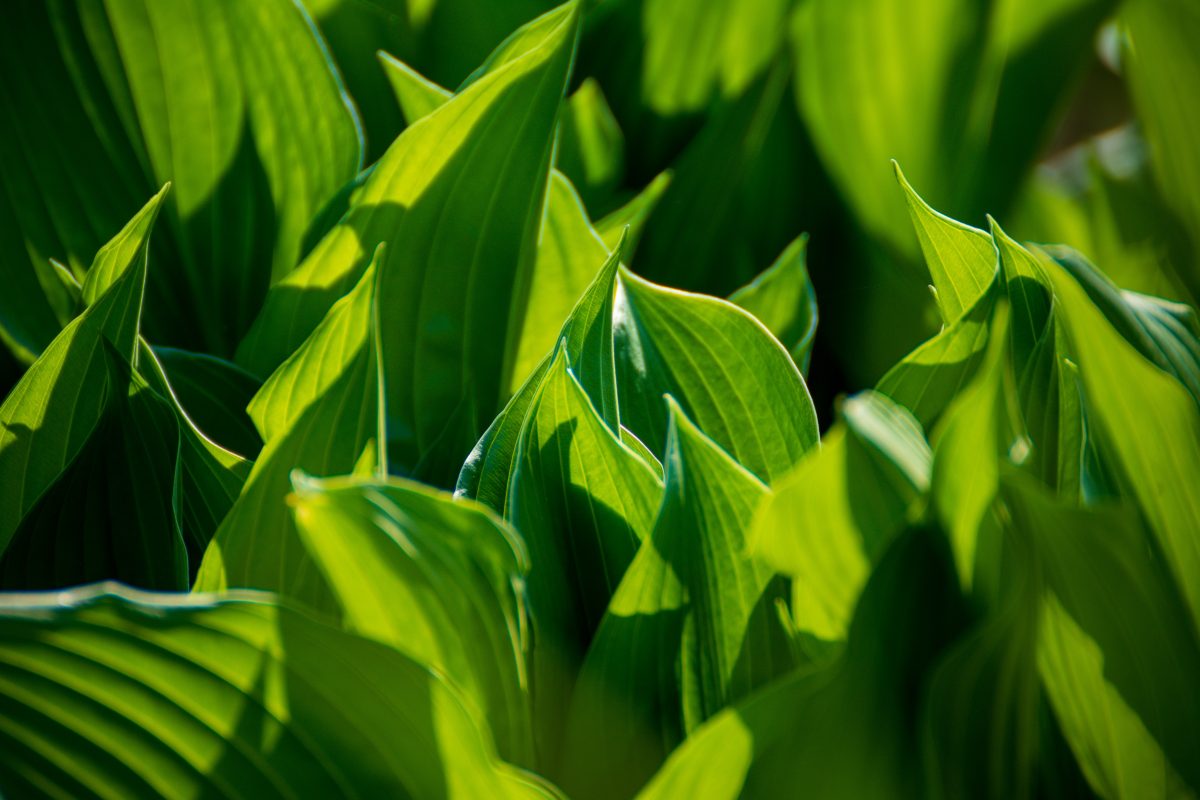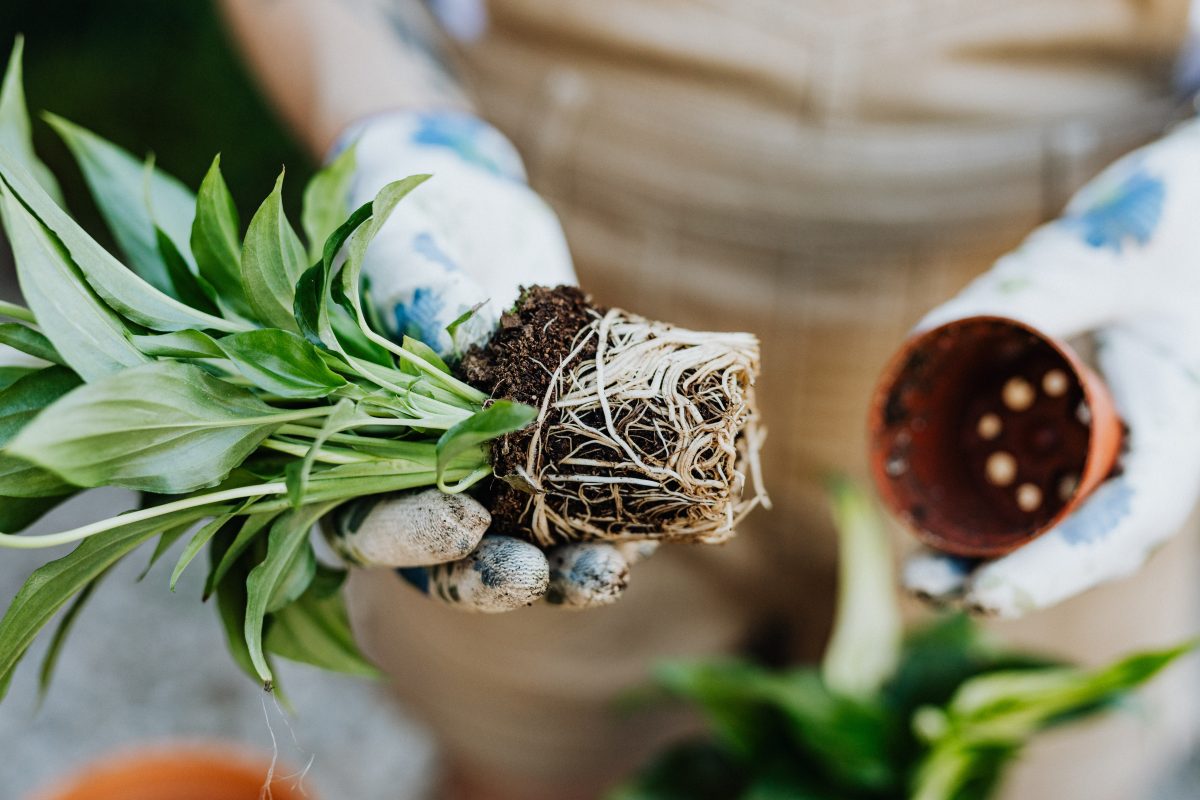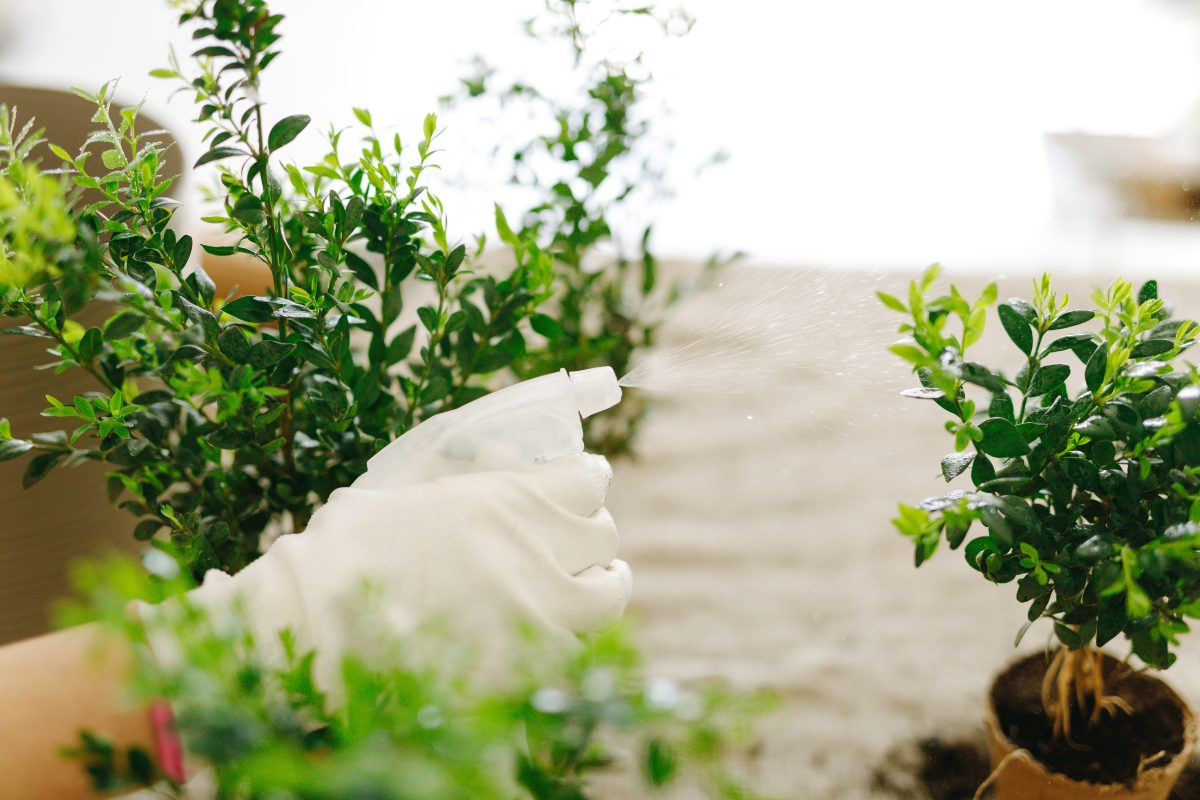Healthy leaves are essential for the growth and productivity of plants, as they are responsible for photosynthesis, nutrient absorption, and gas exchange. However, when leaves start to curl up, it’s a sign that something is not quite right. Curled leaves can be a symptom of various issues, such as water stress, pest infestations, nutrient imbalances, and temperature stress, among others.
In this article, we will explore the various causes of curled-up leaves, how to identify the root cause of the problem, and the steps you can take to prevent and treat curled leaves. By understanding the causes and remedies for curled-up leaves, you can help your plants thrive and ensure healthy growth and productivity.
Causes Of Curled Leaves
When leaves start to curl up, it can be an indication of several underlying problems. Here are 7 of the most common reasons that your plants leaves will curl:

- Water
- This can be too much or too little. When plants receive too little water, the leaves may start to curl up and wilt. On the other hand, giving them too much water can lead to root rot which can also result in curled leaves.
- Sunlight
- Plants require the perfect amount of sun to thrive. If they receive too little or too much their leaves may start to change color and curl.
- Pests
- Several pests like mites, aphids, and whiteflies can cause the leaves to curl up as they feed on the sap of the plant. Some of these pests also leave behind toxic substances that can cause the leaves to curl.
- Nutrient Deficiencies Or Excess
- Each plant requires a different balance of nutrients to really thrive. Too much or too little of certain minerals like nitrogen, phosphorus, or magnesium can cause leaf curls.
- Temperature
- Extreme temperature in either direction can cause your plant stress. The leaves will curl as a built-in defensive mechanism.
- Fungal Or Bacterial Infections
- Certain fungi and bacteria can cause the leaves to curl up and become distorted, especially if the infection goes on for too long without treatment.
- Genetics
- While this is only the case on occasion, certain species have a genetic disposition to curling leaves and it happens naturally. It’s not necessarily a signal to worry.

Identifying The Cause Of Curling Leaves
Because there are so many possibilities as to why your plant’s leaves are curling, identifying the cause will take careful observation and examination of the affected plant. The underlying problem may not be easy to identify.
The Symptoms
Each of the causes of curled leaves can have some unique symptoms. For instance, if the issue is lack of water, the leaves may also be dry and crispy. If overwatering is the issue, then the leaves may feel softer than normal.
Nutrient deficiencies may cause yellowing or discoloration of the leaves, while pests may leave behind some telltale webbing, spots, or holes on the leaves.
Viral Inspection
It’s essential to inspect the plant carefully, looking for any signs of pests or disease, and examining the soil for moisture levels and nutrient deficiencies. Also, check the plant’s location and surroundings for any factors that may be causing it stress, such as too much wind or too little light.
If the issue isn’t apparent to you, then it’s time to think about taking it or a sample if it’s a large plant, to your garden center for an expert diagnosis. Once you have identified why the leaves have curled, you can take the most appropriate steps to treat the problem.
Prevention And Treatment Of Curled Leaves
Prevention Of Curled Leaves
When you know the common causes of curled leaves, it’s relatively easy to prevent them from happening in the first place. Take the 6 common causes of curled leaves and pay attention to those points when it comes to care.
Proper Watering
Make sure to water your plants regularly and deeply, but don’t let the root become waterlogged. Use a moisture meter or stick to check the moisture levels in the soil and only water your plant when the top inch of soil is dried out.
Adequate Sunlight
Provide the right amount of sun. This is the preventative measure for many of the common problems in plants. Each plant will have specific sun requirements and it’s important that you meet them. Too much or too little light can cause that leaf to curl.
Pest Management
It’s not a bad idea to inspect your plants weekly for signs of pests so you can act as soon as possible. Letting pests reign too long can cause significant damage or death of your plant. Use natural pest control methods like neem oil or insecticidal soap or talk to the experts if you have a more severe infestation.
Nutrition
Ensure that your plants are getting their balanced nutrition with the right amounts of those essential minerals. Use a balanced fertilizer or one specific to the plant’s species and needs.
Temperature Control
Maintaining consistent temperatures in the optimal range for your plants means less stress on the plant. If you notice it getting too hot or too cold, use shade cloth or other methods to protect your plants from the extremes.
Treatments For Curled Leaves

- Pruning
- Remove any damaged leaves or infected leaves to prevent the potential spread of the problem. The plant expends a lot of energy trying to maintain damaged leaves instead of thriving.
- Pest Control
- Eliminate pests on your curled leaves with insecticides or other necessary treatments.
- Adjust Water And Fertilization
- Modify your watering and fertilization habits to meet the specific needs of your plant. A little research will go a long way to make your plant thrive again.
- Fungicides Or Bactericides
- Treat fungal or bacterial infections as soon as possible.
Conclusion
By understanding the various causes of curled leaves, you can identify the underlying issue and take steps to prevent and treat the problem. Proper watering, adequate sunlight, pest management, balanced nutrition, and temperature control are all important factors to consider when preventing curled leaves.
Make your gardening life easier now with LightlyBloom’s Seed Start Kit which includes customizable grow lights that allows you to switch between preset power modes and adjust light intensity according to your plant needs to prevent curling leaves.
And, if curled leaves do occur, pruning, pest control, adjusting watering and fertilization, and treating with fungicides or bactericides are all possible remedies. By taking action to prevent and treat curled leaves, you can help your plants thrive and achieve their full potential.

